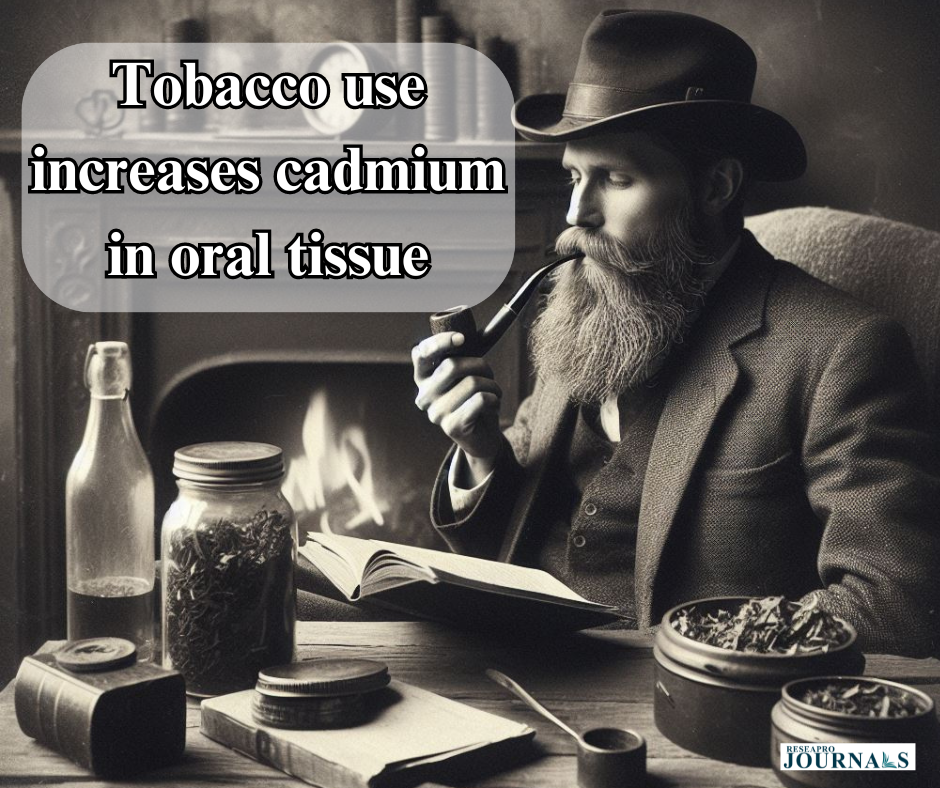
Tobacco use is a prevalent habit worldwide, known to have detrimental effects on health. One such consequence is the accumulation of cadmium, a toxic heavy metal, in oral tissue. Cadmium is present in tobacco plants and is released when tobacco is burned, entering the body through smoking. Understanding the impact of tobacco on cadmium levels in oral tissue is crucial for assessing the health risks associated with smoking.

Upon inhalation, cadmium from tobacco smoke is absorbed into the bloodstream and distributed throughout the body, including the oral cavity. The oral tissue, particularly the keratinized mucosa, serves as a site for cadmium accumulation. This accumulation occurs over time with continued tobacco use, as each exposure adds to the existing cadmium burden. Cadmium is known to disrupt cellular processes and can lead to oxidative stress and inflammation in oral tissue. Moreover, it has been linked to an increased risk of oral cancer and other oral health problems.
In conclusion, tobacco use significantly increases cadmium levels in oral tissue, posing serious health risks. The accumulation of cadmium in the oral cavity due to smoking highlights the importance of tobacco cessation efforts in promoting oral health and overall well-being. Efforts to raise awareness about the harmful effects of tobacco on oral tissue can aid in reducing the prevalence of smoking-related oral diseases.
